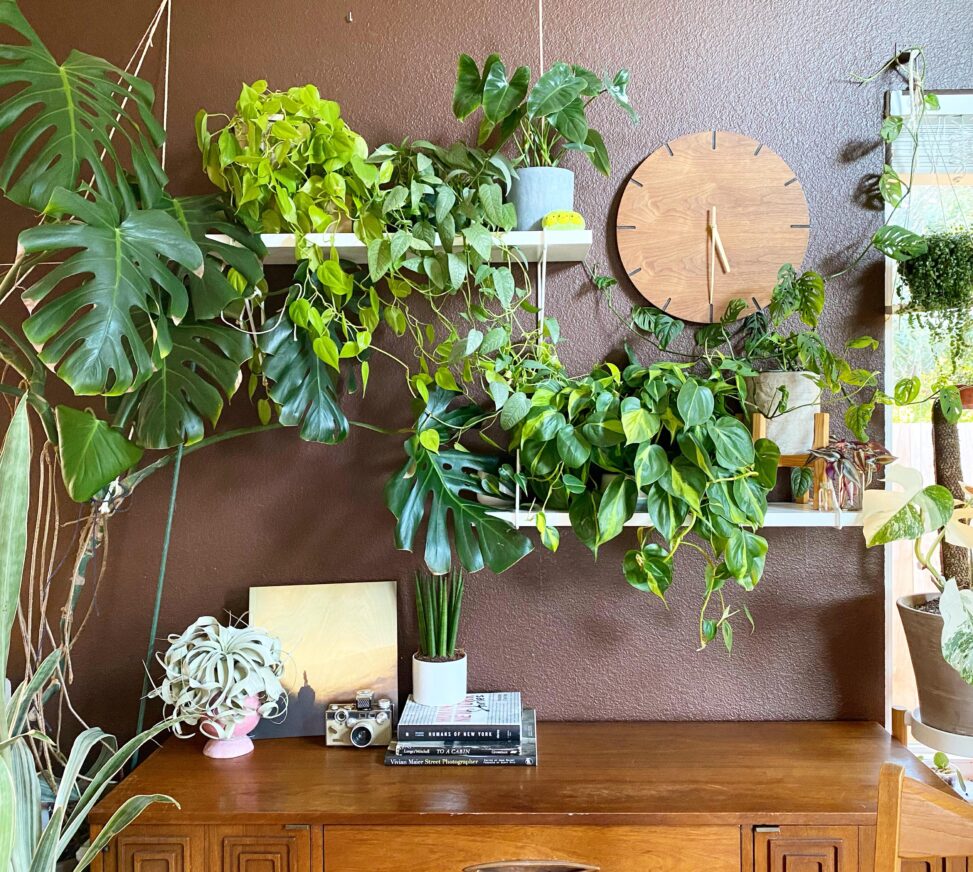In my idea last week, I found the relevant keyword “horticulture therapy” and searched relevant academic papers based on it.

Definition
Horticultural therapy describes a process, either active or passive, of purposefully using plants and gardens in therapeutic and rehabilitative activities designed to positively affect a set of defined health outcomes for individuals (e.g., improved mood, improved self-esteem, enhanced social interaction) . The focus is on multisensory experiences and engaging all of the senses.(Theresa L, 2017)
History and background
Horticultural therapy is a relatively recent field of study, yet understanding of the healing powers of plants and horticulture stretches back many centuries to 2000 BC, the lush agricultural landscapes of Mesopotamia, and the 500 BC Persian gardens, which were created to stimulate all of the senses.
Monastic gardens served as locations for the sick to stay and recover during the Middle Ages by being utilised to grow therapeutic plants. In addition, hospitals and asylums encouraged patients to visit the gardens as a calming diversion from their diseases in the late eighteenth and early nineteenth centuries.
Veterans’ hospitals were founded by the US government in the 1940s to provide care for injured, recently returning servicemen. It was observed that engaging with plants in these hospital gardens had a significant positive impact on the patients’ emotional, mental, and physical health.
Precedents
Horticultural therapy can provide a nonpharmacological alternative intervention to manage agitation and exit-seeking behaviors in people with dementia (Whall et al. 1997; Gigliotti et al. 2004).
- Conceptual Biophilic Design In Landscape Architecture — A Design Concept For a Health Garden in Iceland
Through the use of an evidence-based health design landscape architecture model (EBHDL), a design concept has been developed to create a health garden located in Iceland. The conceptual structure is based on specific aspects of biophilic design, on current knowledge of nature’s positive effects on human health, on empirical studies, and on post-occupational evaluation from the Alnarp Rehabilitation Garden in Sweden and the Nacadia Therapy Garden in Denmark. The concept is being implemented at Hrafnhólar farm in Iceland and will become a valuable part of the vocational rehabilitation program managed by the Janus Rehabilitation Center. The health garden at Hrafnhólar farm will be the first of its kind in Iceland and will become
an important behavioral setting for research on new vocational rehabilitation approaches worldwide.
- The Portland Memory Garden: A Therapeutic Resource on Public Land
In 1999, the American Society of Landscape Architects (ASLA) made a commitment to renew or create parks throughout the United States as a way to celebrate its centennial anniversary. Adopting the theme “100 Parks, 100 Cities,” ASLA chose Portland, Oregon as a city to create a demonstration garden that would be open to all but especially designed for older adults and those living with Alzheimer’s disease or other forms of dementia.
- Development of the Nature-Based Therapy Concept for Patients with Stress-Related Illness at the Danish Healing Forest Garden Nacadia
In 2007 Forest & Landscape Denmark, a center at the University of Copenhagen, initiated a research and development project called the Healing Forest Garden Nacadia (in short: Nacadia). Nacadia will be built during the spring of 2010 and ready to receive patients the following summer. The aim of this paper is to describe the nature-based therapy (NBT) concept and design of Nacadia. The NBT concept describes the theoretical framework around the treatment. It is based on the therapeutic use of sensory experiences, horticultural activities, nature-related stories, and symbols within a mindfulness-based cognitive therapy approach. Based on the experience from the Alnarp Rehabilitation Garden in Sweden, evidence-based guidelines for healing garden design have been further developed and implemented at Nacadia.
Future
Horticultural therapy may be a low-cost therapeutic option for enhancing peoples’ quality of life and supporting their cognitive, emotional, psychomotor, and psychosocial functioning. The advantages of including horticultural therapy activities for residents include meaningful engagement, self-expression, mental stimulation, socialising, as well as visual, olfactory, and aural stimulation, according to newly available research.
Programs for indoor gardening are reasonably priced and simple to include. Horticultural therapy may be a valuable and affordable adjuvant treatment modality to other forms of psychotherapy, such as cognitive behavioural therapy, to improve emotional well-being for residents, particularly for those living alone where the incidence of sadness and anxiety is high.
Horticultural therapy is described as an acceptable and complementary therapy to treat a variety of illnesses and to promote general well-being by a growing amount of theoretical and empirical evidence, however there are few controlled clinical trials to date.
More funding is required in order to conduct more randomised controlled trials and other meticulous systematic studies of horticulture therapy’s therapeutic advantages in comparison to other therapies.
Reference
https://www.researchgate.net/publication/313141377_Horticultural_Therapy
https://www.ahta.org/the-journal-of-therapeutic-horticulture-ql



Leave a Reply